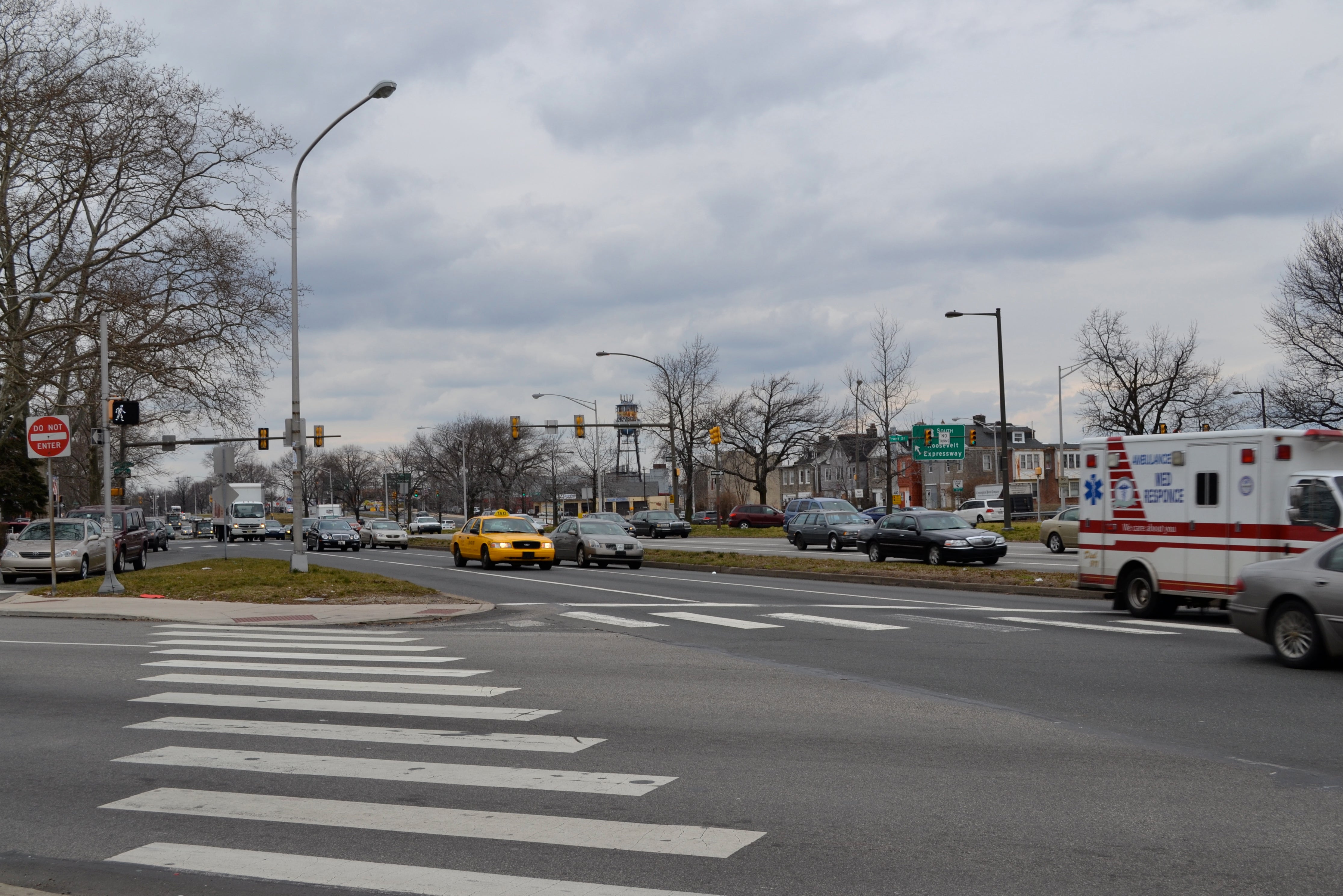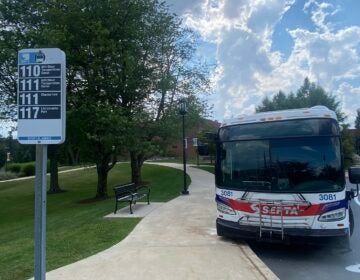“Better Bus” considered for Roosevelt Boulevard

Roosevelt Boulevard could get the region’s first Bus Rapid Transit-type transportation system – a “Better Bus.”
Midway through a Roosevelt Boulevard transit analysis, the Delaware Valley Regional Planning Commission (DVRPC) is moving towards a bus rapid transit (BRT)-lite recommendation. DVRPC sees establishing a branded “Better Bus” option – with express service between carefully selected stops, a designated or prioritized bus lane and transit signal prioritization – as an achievable, early-action step toward improving mass transit on the Boulevard.
Roosevelt Boulevard has been challenging residents and planners for more than 100 years. Today it is an auto dominated, 12 lane, 300-foot-wide artery that sees as many as 75,000 to 90,000 vehicles per day. It is notoriously dangerous and challenging – especially for those on foot.
Last summer, DVRPC launched another study of the Boulevard. With the help of stakeholders including SEPTA, the City of Philadelphia, PennDOT and other regional partners, DVRPC set out to take a fresh look at the corridor and to consider affordable transit options.
Now halfway through the study, DVRPC sees a BRT-lite or “Better Bus” option as the best near-term solution.
“What we mean by [“Better Bus”] is not unlike what’s been done in some other cities in terms of bus rapid transit that doesn’t have its own right of way,” said Greg Krykewycz, manager of DVRPC’s office of transit, bicycle and pedestrian planning and one of two project managers for the study.
Such a system would likely feature specially branded, express bus service that would be supported by other treatments like transit signal priority and bus lanes.
The assumption is that SEPTA would operate the service, but branding and priority on the road would help set this bus service apart.
“Branding is an important element of any kind of bus rapid transit service, just to differentiate it, and make it more attractive to users, and to set it apart to regular riders now, so that they know this is something a little bit different,” Krykewycz said.
The appeal of a “Better Bus” system is that it could be launched within five years at a much lower cost than a fixed guideway rail or bus option.
“We, as the region, are still operating under really significant funding constraints so we might not be able to deliver the Cadillac product right away, but we’re working with our partners to do some good soon,” Krykewycz said.
“Better Bus” is not the be-all and end-all. The DVRPC analysis will include looking at how mass transit might evolve on Roosevelt Boulevard in the longer term.
In the winter of 2013, DVRPC shared that building a heavy-rail system would be cost prohibitive. When asked if the recent state transportation funding package, Act 89, changes future prospects, Krykewycz said, “What Act 89 has done, more generally, is given everybody a little bit of breathing room and the opportunity to think beyond critical state of good repair needs.”
“Before Act 89, the conversation was necessarily focussed on just keeping lines up and running,” he said. “… In the post-Act 89 world, we can actually do a little bit of planning.”
DVRPC will develop the “Better Bus” idea more fully before seeking public feedback, which Krykewycz expects to be positive.
“We heard loud and clear that people are really interested in some form of rapid transit along Roosevelt Boulevard, and we think that people will be pretty enthusiastic about anything that takes steps in that direction,” he said.
WHYY is your source for fact-based, in-depth journalism and information. As a nonprofit organization, we rely on financial support from readers like you. Please give today.





